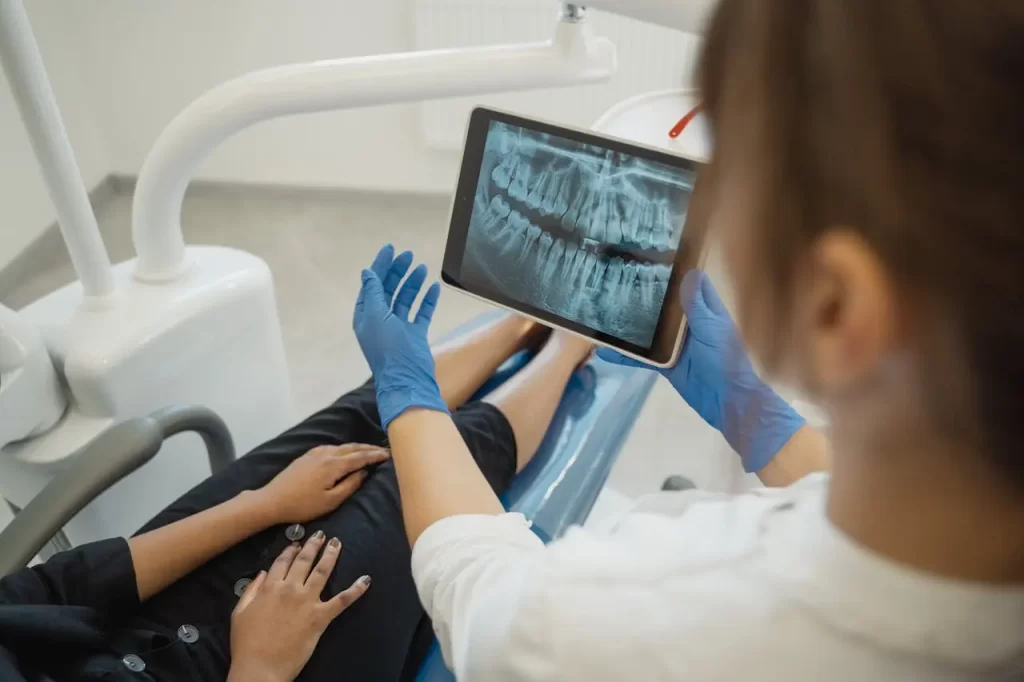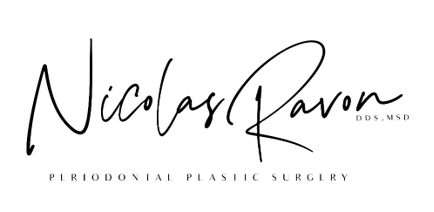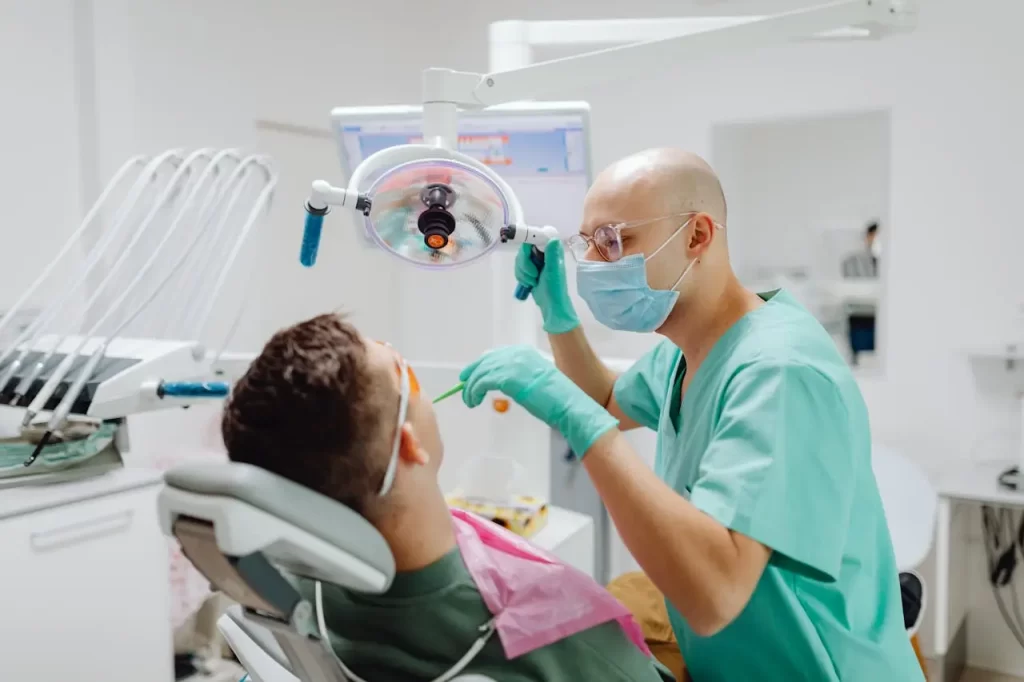Periodontal therapy, often referred to as gum disease treatment, is a crucial aspect of maintaining oral health and overall well-being. With its primary focus on preventing, diagnosing, and treating conditions affecting the gums and supporting structures of the teeth, periodontal therapy offers a multitude of benefits beyond just a healthy smile.
Introduction to Periodontal Therapy
Understanding Periodontal Disease
Periodontal disease, commonly known as gum disease, is an inflammatory condition caused by bacterial infection. It affects the gums and can lead to damage to the tissues and bone supporting the teeth if left untreated.
Importance of Periodontal Health
Periodontal health is essential not only for preserving the teeth but also for maintaining overall health. Research has shown associations between periodontal disease and various systemic conditions, including heart disease, diabetes, and respiratory infections.
Benefits of Periodontal Therapy
Preventing Tooth Loss
One of the primary benefits of periodontal therapy is its ability to prevent tooth loss. By addressing gum disease in its early stages, periodontal treatment can halt the progression of the disease and preserve the supporting structures of the teeth.
Reducing the Risk of Systemic Diseases
Periodontal therapy has been linked to a reduction in the risk of developing systemic diseases such as heart disease, diabetes, and stroke. Treating gum disease can help lower inflammation levels in the body, thereby decreasing the likelihood of these conditions.
Improving Oral Health Overall
Beyond preventing tooth loss, periodontal therapy contributes to overall oral health by eliminating harmful bacteria and promoting a healthier oral environment. This leads to fresher breath, reduced sensitivity, and improved gum health.
Enhancing Aesthetic Appearance
Gum disease can cause symptoms such as red, swollen gums and gum recession, which can detract from the appearance of the smile. Periodontal therapy can address these issues, leading to a more aesthetically pleasing smile.
Boosting Confidence and Self-Esteem
A healthy smile plays a significant role in self-confidence and self-esteem. Periodontal therapy not only improves oral health but also enhances the appearance of the smile, leading to increased confidence and a more positive self-image.
Types of Periodontal Therapy
Scaling and Root Planing
Scaling and root planing, also known as deep cleaning, is a non-surgical procedure that involves removing plaque and tartar from below the gum line and smoothing the roots of the teeth to prevent bacteria from re-accumulating.
Periodontal Surgery
In cases of advanced gum disease, periodontal surgery may be necessary to remove diseased tissue, reshape the gums, and repair damaged bone. This can help restore the health and function of the gums and supporting structures.
Laser Therapy
Laser therapy is a minimally invasive treatment option for gum disease that uses laser energy to remove infected tissue and bacteria while promoting the regeneration of healthy tissue. It offers several advantages, including faster healing times and reduced discomfort.
The Role of Professional Dentists
Importance of Regular Check-ups
Regular dental check-ups are essential for maintaining periodontal health. Dentists can detect signs of gum disease early on and recommend appropriate treatment to prevent further damage.
Customized Treatment Plans
Every patient is unique, and therapy should be tailored to individual needs. Professional dentists develop customized treatment plans based on the severity of gum disease, overall oral health, and specific patient preferences.
Lifestyle Changes and Home Care
Proper Oral Hygiene Practices
Good oral hygiene is crucial for preventing gum disease and maintaining periodontal health. This includes brushing teeth twice a day, flossing daily, and using mouthwash to remove plaque and bacteria.
Healthy Diet and Habits
A balanced diet rich in fruits, vegetables, and lean proteins can support oral health and overall well-being. Avoiding sugary foods and beverages, quitting smoking, and limiting alcohol consumption can also help prevent gum disease.
Understanding the Procedure
Step-by-Step Process
Periodontal therapy typically involves several steps, including an initial evaluation, deep cleaning or surgical intervention, and follow-up appointments for monitoring and maintenance.
Potential Discomfort and Recovery
While periodontal therapy may cause some discomfort during and after the procedure, most patients experience minimal pain and can resume normal activities shortly afterward. Dentists may prescribe pain medication or recommend over-the-counter remedies to alleviate any discomfort.
Long-Term Effects and Maintenance

Follow-up Appointments
After completing periodontal therapy, patients are advised to schedule regular follow-up appointments with their dentist to monitor treatment effectiveness and prevent gum disease recurrence.
Tips for Maintaining Periodontal Health
Maintaining good oral hygiene habits, following a healthy diet, avoiding tobacco products, and attending regular dental check-ups are essential for long-term periodontal health.
Common Misconceptions about Periodontal Therapy
Myth-busting Facts
There are several misconceptions surrounding periodontal therapy, including its effectiveness, safety, and affordability. Dispelling these myths with accurate information can help patients make informed decisions about their oral health.
Clarifying Doubts
Patients may have concerns or doubts about this therapy, such as the duration of treatment, expected outcomes, and potential side effects. Dentists can address these concerns and provide reassurance to patients considering treatment.
Risks and Complications
Addressing Concerns
While periodontal therapy is generally safe and effective, there are some risks and potential complications associated with the procedure. Dentists can discuss these risks with patients and take appropriate measures to minimize them.
Precautionary Measures
Dentists may recommend certain precautionary measures before undergoing periodontal therapy, such as informing them about any existing medical conditions or medications that could affect treatment outcomes.
Cost of Periodontal Therapy
Factors Affecting Cost
The cost of this therapy can vary depending on factors such as the severity of gum disease, the type of treatment required, and the dentist’s expertise. Patients should discuss treatment costs and payment options with their dentist beforehand.
Importance of Dental Insurance
Dental insurance may cover all or part of the cost of periodontal therapy, making it more affordable for patients. Patients should review their insurance coverage and consult with their dentist to determine the extent of coverage for periodontal treatment.
Conclusion
This therapy offers numerous benefits for oral health and overall well-being, including preventing tooth loss, reducing the risk of systemic diseases, and enhancing aesthetic appearance. By seeking treatment from a professional dentist and adopting good oral hygiene habits, individuals can enjoy the long-term benefits of healthy gums and a beautiful smile.
Frequently Asked Questions (FAQs)
- How often should I undergo periodontal therapy?
- The frequency of periodontal therapy depends on factors such as the severity of gum disease and individual oral health needs. Your dentist will recommend a treatment plan tailored to your specific requirements.
- Is periodontal therapy painful?
- While periodontal therapy may cause some discomfort during and after the procedure, most patients experience minimal pain, which can be managed with pain medication and other remedies prescribed by the dentist.
- Can I prevent gum disease with proper oral hygiene alone?
- While proper oral hygiene practices such as brushing, flossing, and using mouthwash are essential for preventing gum disease, regular dental check-ups and professional cleanings are also necessary to detect and treat early signs of gum disease.
- How long does it take to recover from periodontal therapy?
- Recovery time from periodontal therapy varies depending on the type of treatment and the individual’s healing process. Most patients can resume normal activities shortly after treatment, with any discomfort typically subsiding within a few days to a week.
- Is periodontal therapy covered by dental insurance?
- Dental insurance may cover part or all of the cost of periodontal therapy, depending on the extent of coverage and the patient’s specific insurance plan. Patients should consult with their dentist and review their insurance policy for details on coverage for periodontal treatment.


